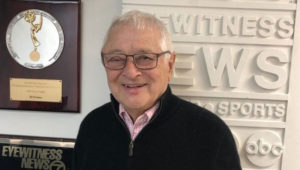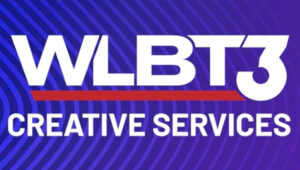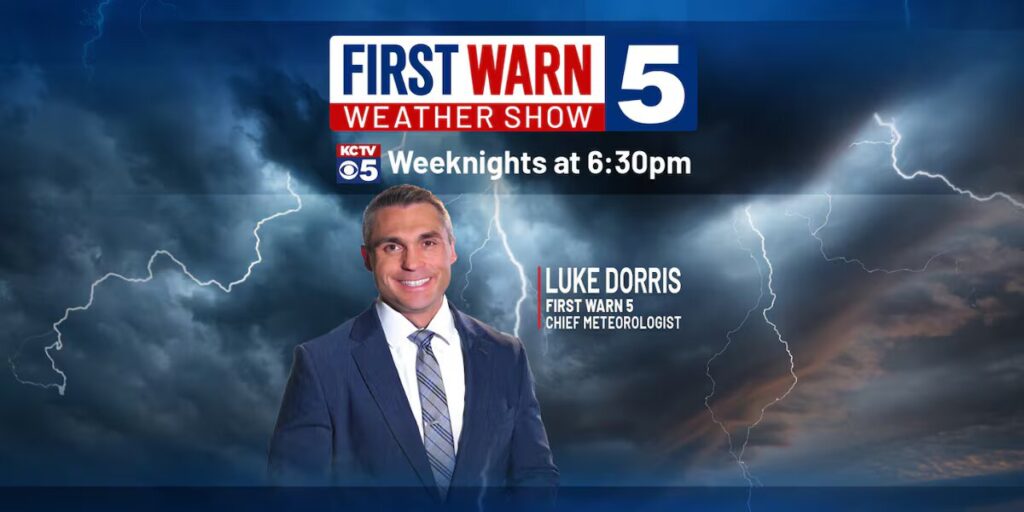Dielectric will strengthen its global Powerlite brand for broadcasters with new systems built specifically for NextGen TV, based on the ATSC 3.0 standard. To be introduced at the 2020 NAB Show (April 19-22 at the Las Vegas Convention Center), […]
Phoenix Adding Second 3.0 Transmission Site

The Phoenix Model Market partners and Pearl TV today unveiled additional NextGen TV development resources for broadcasters and consumer technology companies.

Public Media Group was unveiled today at the ATSC’s 2019 Next Gen TV Broadcast Conference in Washington. It comprises Public Media Venture Group, a coalition of 31 noncommercial broadcasters with 117 stations, and Cleveland-based Osborn Engineering, among others.

Spectrum Co. and Pearl TV are expected to jointly announce ATSC 3.0 launches involving some 150 stations in 30 markets during next week’s gathering in Las Vegas. Their goal is to build a national footprint that will let broadcasters better compete with wireless companies and OTT providers while spurring the development of 3.0-ready TV sets and other consumer devices.
 Both an ATSC 3.0 single-frequency network (SFN) launch in Dallas and a “model market” test in Phoenix have equipment ready to go and are simply awaiting legal approval to turn on, which could come as early as tomorrow.
Both an ATSC 3.0 single-frequency network (SFN) launch in Dallas and a “model market” test in Phoenix have equipment ready to go and are simply awaiting legal approval to turn on, which could come as early as tomorrow.
 Top of mind this week for managers and engineers alike will be hitting the FCC’s July 12 deadline for initial construction permit and repack expense reimbursement filings. But in the rush to get that done, it’s important not to lose sight of future possibilities like single frequency network operation.
Top of mind this week for managers and engineers alike will be hitting the FCC’s July 12 deadline for initial construction permit and repack expense reimbursement filings. But in the rush to get that done, it’s important not to lose sight of future possibilities like single frequency network operation.
Some Thoughts On ATSC 3.0, Ansin/NBC
Former broadcast lobbyist Preston Padden: “ATSC-3 and SFN’s may be the just what broadcasting needs to prosper in the future. Certainly there are smart and dedicated women and men working hard to make these technologies a reality. However, I would offer a few cautions.” Also, “The [affiliation] dispute between NBC and [WHDH’s] Ed Ansin is unfortunate on many levels. If I was running a network today, I would want him as a part of my distribution platform.”
Transmitters May Be Repack’s Silver Lining
 New high-power solid-state transmitters can provide a superior alternative to first-gen digital units. They are more efficient, cheaper to run and will be paid for by the government. (Photo: Rohde & Schwarz)
New high-power solid-state transmitters can provide a superior alternative to first-gen digital units. They are more efficient, cheaper to run and will be paid for by the government. (Photo: Rohde & Schwarz)
Coming on the heels of the TV spectrum repack will likely be ATSC 3.0, the next-generation TV standard that will, among other things, allow stations to deliver HDTV to mobile […]
The ATSC 3.0 proponent receives FCC approval to operate a full-power, single frequency network test platform in Washington and Baltimore on ch. 43. It will broadcast a range of next-gen services that include fixed, portable and mobile capabilities to provide real-time assessments of the new Internet protocol-based standard currently being reviewed by the Advanced Television Systems Committee.
 Using single frequency network technology to supplement a station’s main ATSC 3.0 signal looks to improve service, increase over-the-air audience and enable new revenue sources, including better reception by mobile devices and data delivery. But this would come at a price of nearly $2 million per station, according to a plan developed by engineering consultants Meintel, Sgrignoli & Wallace.
Using single frequency network technology to supplement a station’s main ATSC 3.0 signal looks to improve service, increase over-the-air audience and enable new revenue sources, including better reception by mobile devices and data delivery. But this would come at a price of nearly $2 million per station, according to a plan developed by engineering consultants Meintel, Sgrignoli & Wallace.
Repeaters Integral To Next-Gen Mobile Future
Single frequency networks may be the technology that makes it possible for stations compete with wireless in reaching viewers on their mobile devices. Proponents say these booster sites can provide strong signals throughout a station’s coverage area. However it comes at a price: capital costs to implement such booster networks could hit $2 million per market.

































